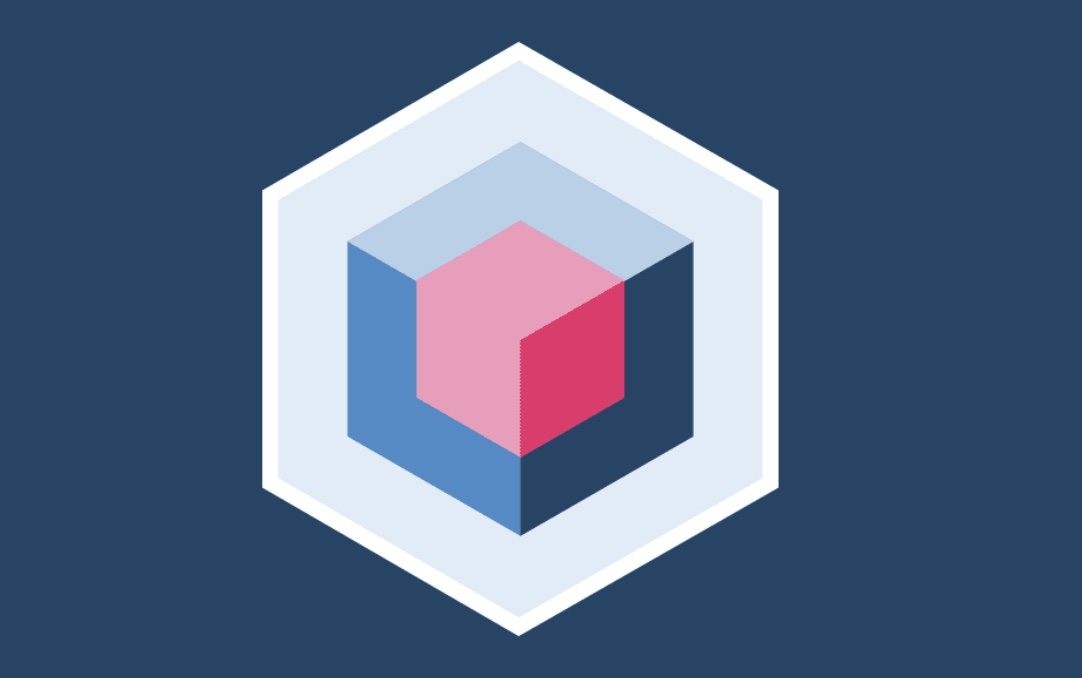
Mirantis have just announced the third major 2022 update of Mirantis OpenStack for Kubernetes focused on security and operation scale increased to 10k VMs per control plane. OpenStack users grow fast!
See the blog:
https://www.mirantis.com/blog/mirantis-openstack-for-kubernetes-22-3-delivers-increased-security-and-compliance-ubuntu-20-04-support-and-scalability-up-to-10-000-vms

Flexera's report "State of the cloud" and what's in it for admins?
Most organizations (92%) are taking a multi-cloud, hybrid approach using an average of 2.6 public and 2.7 private clouds.
AWS, Azure and Google Cloud remain the top three public cloud providers, but Azure continues to narrow the gap with AWS for enterprise users. Generally smaller providers grow faster.
About 80% of survey respondents are running at least one private cloud. Technologies that are used for “currently use” and “experimenting” by Enterprise are in total: OpenStack (58%), Vmware (57%) and MS Azure Stack (57%).
Surprised? If yes, let me show how to cloudify infrastructure with open source. Contant us Ten adres pocztowy jest chroniony przed spamowaniem. Aby go zobaczyć, konieczne jest włączenie w przeglądarce obsługi JavaScript. !!
As every year, Flexera interviewed almost 800 companies from all over the world and of various sizes. Full report you can find here:
https://info.flexera.com/CM-REPORT-State-of-the-Cloud
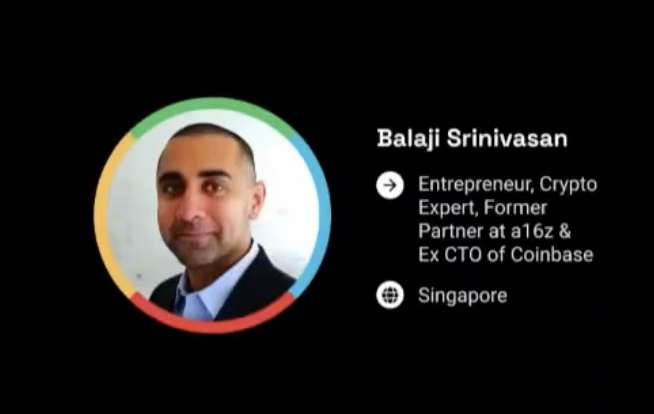
Open state is the next stage in the evolution of open source.
Initially, money was earned by owning an app, and its code was, and still is, in some cases, the main IP value of tech companies. Open source means the release of application code, and the business is generated by data processing. In this case data is the main IP. Open state also releases proprietary data. So what is money made of?
On services based on open source and open execution. Example? Of course, cryptocurrencies. Tons of articles have been written about cryptocurrencies already. Also about the related decentralization of processing and distributed databases. But I'm curious what will happen next. Maybe we will see a situation where Google's algorithms and Facebook databases will become public. Impossible ? I’m sure you've heard of art, paintings and sculptures locked in the NTF (non-fungible token). A few years ago, someone would have said "impossible."
This podcast is about open execution. I recommend it. https://youtu.be/61jfUzTo8iI
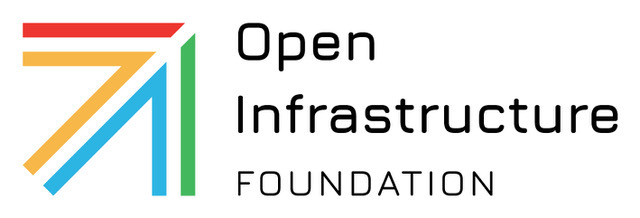
Kata-containers
Containers will replace virtual machines. They said so, but looking at the statistics and, for example, the Kata-containers project, I think that these entities coexist very well.
Currently, 2/3 of OpenStack, Docker, and Kubernetes users are the same users. What happened that after the initial enthusiasm for containers, a moment of reflection came and virtual machines returned to favor?
Security. It's no secret that the biggest advantage of containers is also their biggest disadvantage. Containers are lightweight and start up quickly because they share access to the host operating system. But therefore, having access to one container, it is quite easy to hack into the others on the same operating system. Virtual machines at this layer provide much better hypervisor separation and are therefore more secure. What if we could connect these two worlds?
Great idea. A common approach is to pack K8s clusters into virtual machines so that each project or application has its own container cluster. This way with the use of OpenStack as a layer to run K8s improves the situation, although it is also not ideal, because we already have to manage two intermediate layers. And the situation becomes even more complicated. OpenStack is extremely flexible but also complicated environment to manage. Currently, the most popular way to implement and maintain it is Kolla Ansible - nothing but OpenStack services in containers. Can you see where this is going?
Exactly - Kata-containers. The idea has been developed by OpenInfra for over 3 years, and it was born in Intel and Hyper labs. Even though big companies like IBM and Oracle are joining it, it is an open source project with very dynamic community support. What is going on? Kata-containers allow you to pack containers into lightweight virtual machines, each of which has its own kernel, but very truncated. The only job of this machine is to run the container. So the pods are separated by server virtualizer mechanisms, but the orchestration is done with a K8s, for example, and the container orchestrator doesn't even know it's dealing with a VM. This is because a specially created communication channel and an agent on the host server are used. Such Kata-containers start slower than the native container, but they ensure the safety of virtual machines. And it is extremely important that both containers and virtual machines can coexist in one OpenStack environment, which was to be proved.
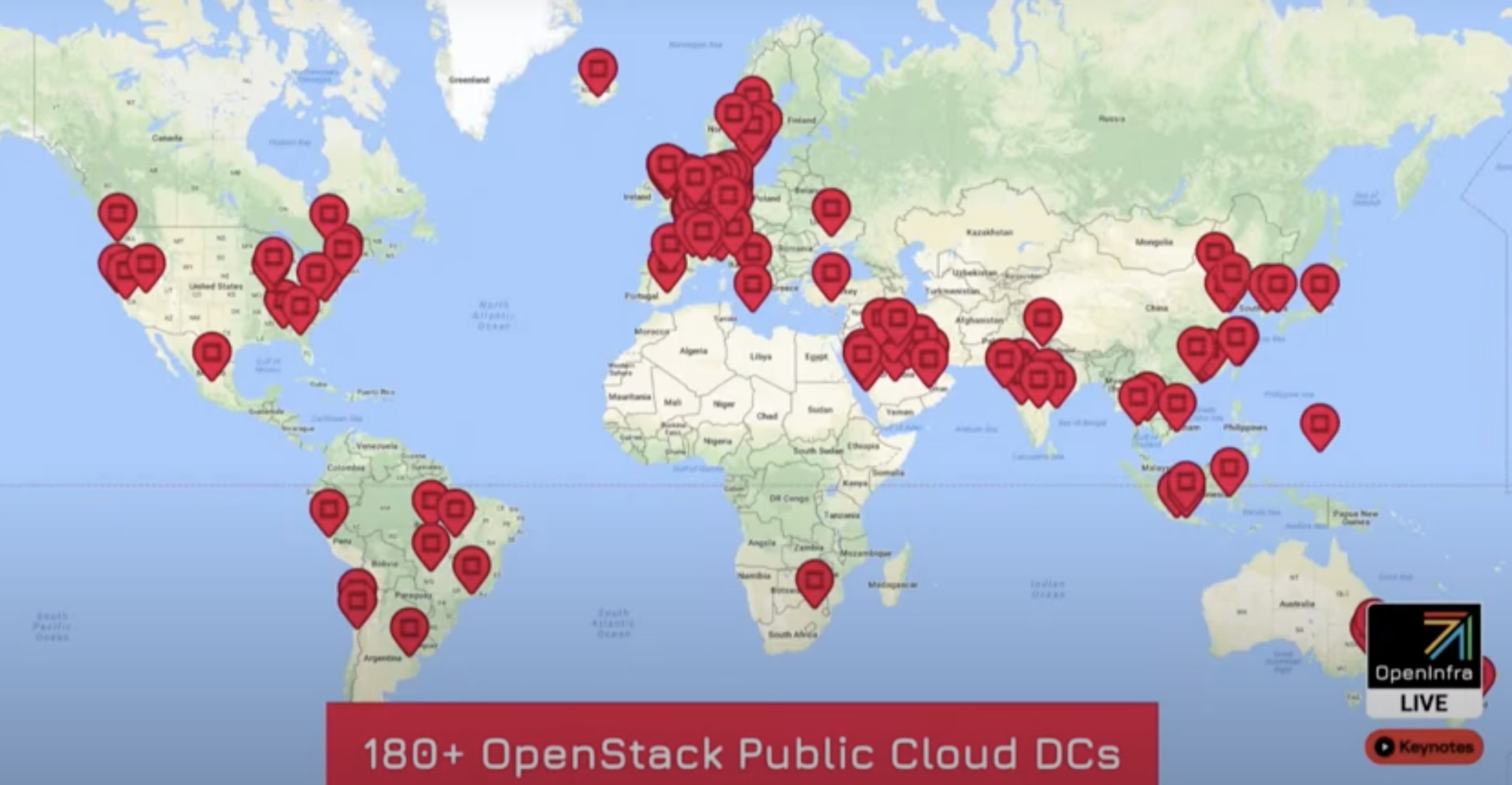
OpenInfra Summit takeaways
Do you want your business to grow 66% y / y during the pandemic?
Well, rather. The very inspiring OpenInfra Summit has just finished and I would like to share a few thoughts with you.
OpenInfra is nothing but LOKI. OK still doesn't say much. LOKI is Linux-OpenStack-Kubernetes-Infrastructure. There are several public clouds in the world that use closed technology and over 180 public clouds that use LOKI. These others grew by 66% on average last year. Well, this is a simplification - the number of cores in clouds using open source has increased from 15 million in 2020 to 25 million today. It should be added that a dozen new public clouds have also been created. Undoubtedly, this is the effect of transferring business to the Internet - remote work, development of e-commerce, reorganization of IT processes. But why LOKI?
Cooperate or die. The few clouds that have their own technology are well-known brands. No one else can come up with similar solutions, unless they join forces with thousands of similar developers around the world. Okay, but why do it anyway?
Trillion Dollar Paradox. Cloud-native technology companies (SaaS) notice that the greatest cost of their operations is spending on the cloud. It is responsible for an average of 50% of the operating costs. The first reaction is usually - ok, we optimize the environment and over time we will reduce these costs. But the experience of the last 6 years shows that cloud spend is growing. Martin Casado from Andreessen Horowitz made an interesting calculation based on a survey of 50 companies in the USA. He asked the question, how will the valuation of these companies be affected by reducing expenses on the cloud by half? It does not matter whether by optimizing the code or changing the service provider. The answer was - it will increase by $ 100 billion. Extending these assumptions to the SaaS market in America, the capitalization of cloud-native companies would increase by $ 1 trillion. It can therefore be concluded that the use of the public cloud limits the growth of those companies that have achieved success thanks to the cloud. And it is clearly visible in the financial results of AWS, Azure or Google. Their cloud profits continue to grow. So why don't companies move their business elsewhere to reduce the cost of the cloud? Because they have developed their solutions in conjunction with specific services that only one cloud provider offers. Does this mean that hyper scalers should be avoided?
Definitely not. But you have to be very careful when planning cooperation with a cloud service provider, especially if there is a risk that the project will be successful (joke!). LOKI and the ability to choose one of over 180 suppliers has one major advantage here - all suppliers use the same standards and API. Migration of services between suppliers is much easier.
And one more comment on the figure - these are the locations of OpenInfra public data centers. Why is there so little East of the Oder river?
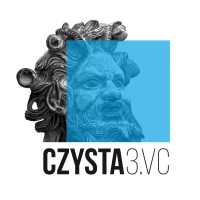
CloudOval with VC funding
Czysta3.VC invested in CloudOval to accelerate application development and expand its client portfolio.
Czysta3.VC is a Polish fund with proven track record and several investments in the IT and social media sectors. "We are happy to be part of a large family among other innovative companies. Together, we are building an AI-based platform to help cloud operators increase efficiency of their resources" - Adam Dyszkowski, Co-founder & CEO said.
The contract was signed at the end of August 2021.

Let's see each other at Wolves Summit 2020.
Wolves Summit is a place where we meet peers, share ideas and have fun. We are looking forward to the next edition in March 2020!


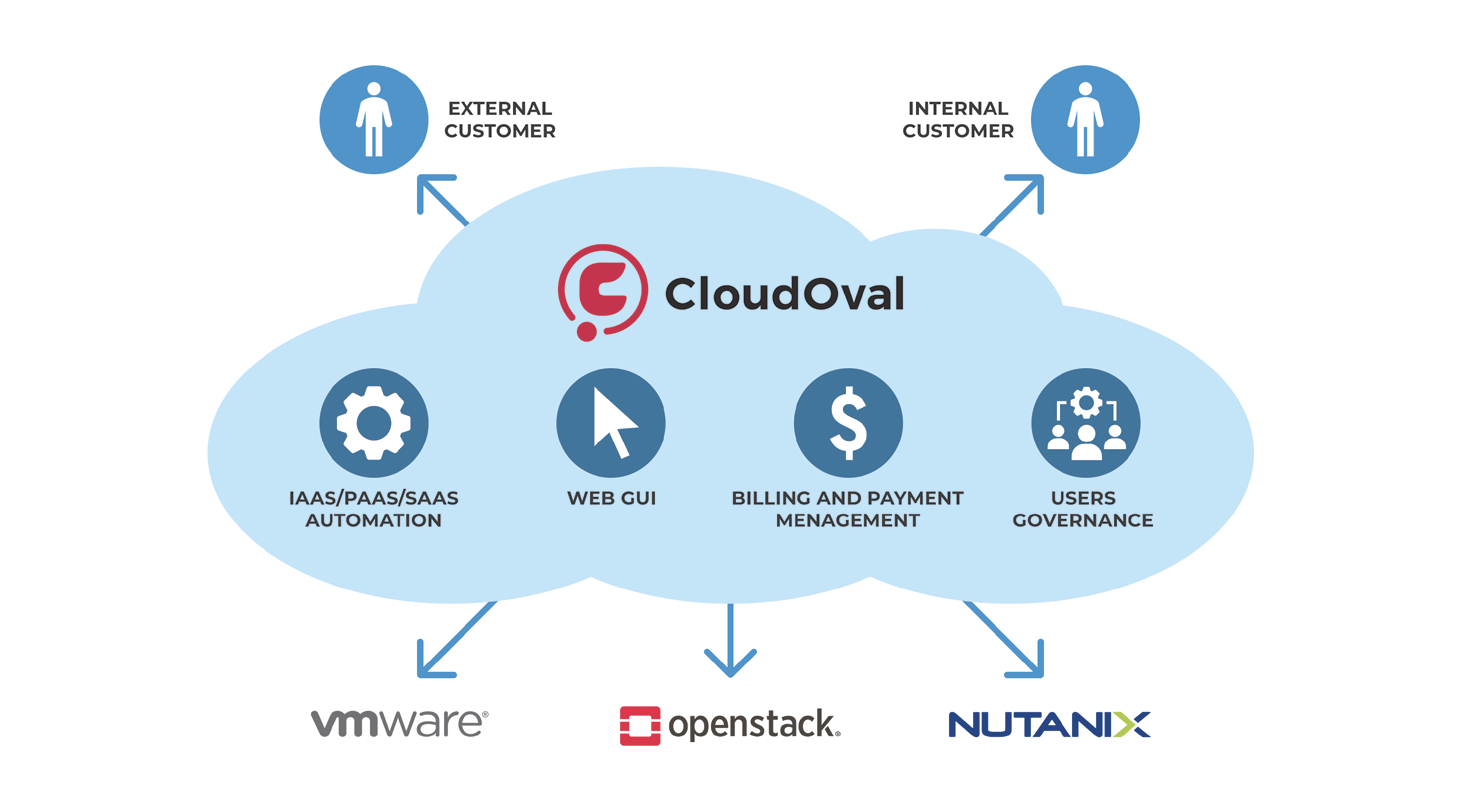
 Calculator
Calculator USER PANEL
USER PANEL Administration panel
Administration panel Two way communication
Two way communication
 Cloud Optimization
Cloud Optimization Enterprise application migration to the cloud
Enterprise application migration to the cloud Security
Security Data protection and availability
Data protection and availability System monitoring, logs and service management
System monitoring, logs and service management